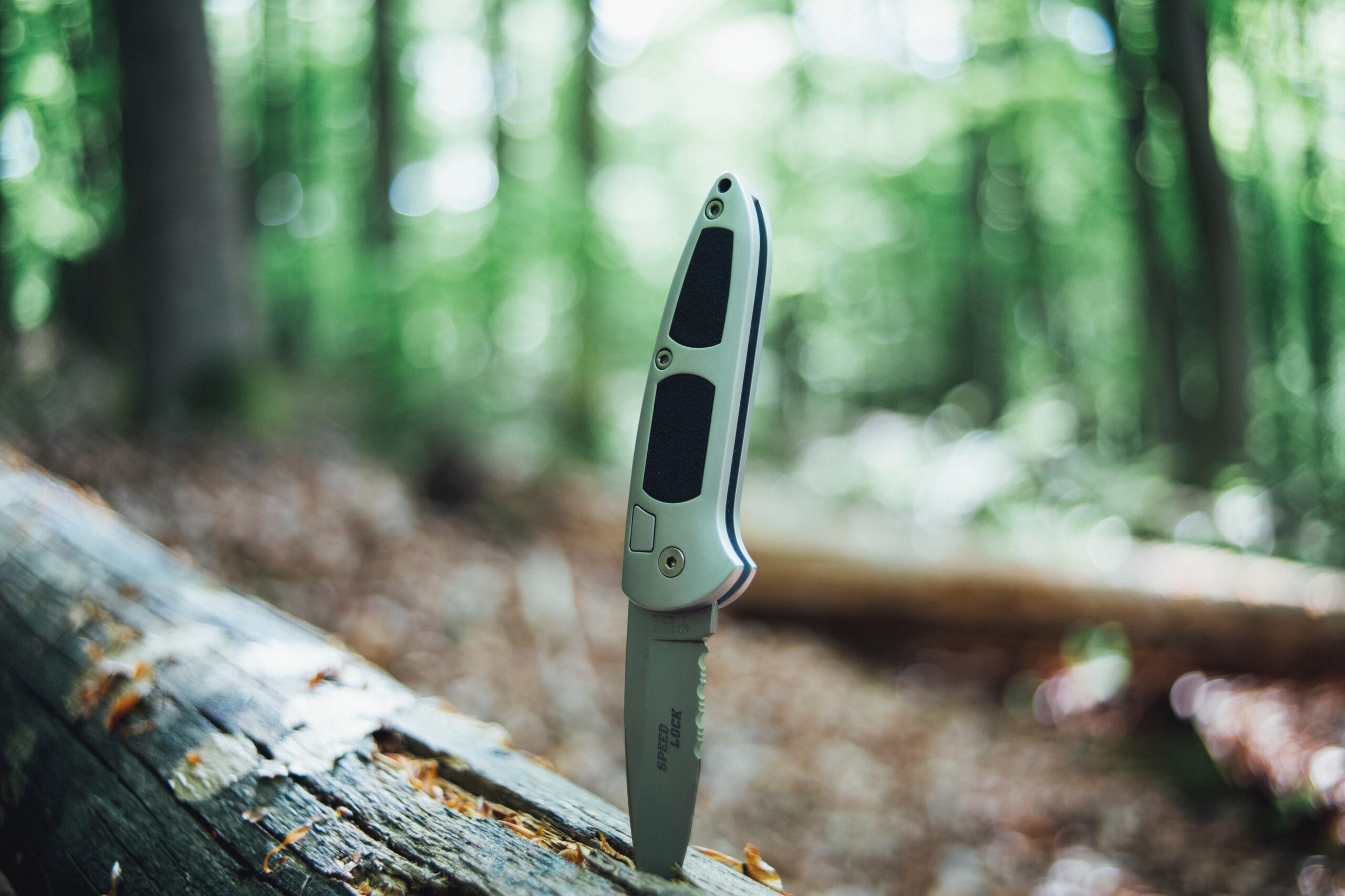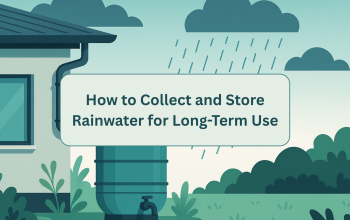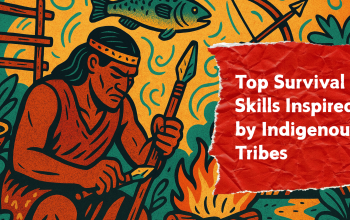Emergencies can happen anywhere, anytime. Whether you are out camping, hiking in the woods, or simply walking around your neighborhood, you need to be prepared for anything. In this blog post, we will cover five essential survival skills that you should know in case of an emergency.
We will discuss
- How to start a fire using different methods?
- How to find and purify drinking water?
- How to build a shelter from natural materials?
- How to signal for help?
- What to do in emergency?
So let`s get started
How To Start A Fire?
Starting a fire is one of the most important survival skills. It can provide warmth and light during the night and protection from wild animals. There are several different ways that you can start a fire without a lighter or matches. The most common method is with friction—rubbing two sticks together until enough friction is created to generate heat and eventually ignite a spark. This method takes some practice but it’s worth learning as it can be used in any type of environment. Another way is with flint and steel—striking the steel against the flint creates sparks which can then be used to kindle tinder such as dried leaves or bark shavings. If you don’t have access to these materials, you can also use sunlight by creating a magnifying glass with objects such as plastic bags or lenses from glasses.
This video by TA Outdoors is a great resource for anyone trying to learn the basics of lighting a fire.
How To Find And Purify Water?
If you are stranded outdoors without access to clean drinking water, it’s important that you know how to find and purify water sources so that they are safe for consumption. The first step is finding a source of freshwater such as streams or rivers; however, these may contain contaminants such as bacteria or parasites so they must be purified before drinking them. Boiling is one of the best ways of purifying water; bring the water to a rolling boil for at least one minute before consuming it (if possible).
You can also use chemical treatments such as iodine tablets or chlorine dioxide drops which will kill any microorganisms present in the water but they must be followed up with additional filtration steps such as straining through cloth or sand/gravel beds before being consumed safely.
You can also carry portable water filtration straws for quick usage. If you cannot find any water source then try relying on fruits and plants containing water. We`ll cover this in detail in future blog posts, so make sure to stick around.
How To Build A Shelter?
Building a shelter is another key skill for survival situations; shelters protect us from extreme temperatures and weather conditions while providing us with some degree of security against predators and other hazards outdoors. Shelters can be constructed out of natural materials found nearby such as branches and leaves; these items should be arranged into an enclosure-like structure which provides insulation from cold temperatures and windy conditions. If necessary, blankets or sleeping bags can also be used inside the shelter for extra warmth; however, keep in mind that these items should not come into direct contact with open flames if starting fires nearby your shelter!
The type of shelter you create, will depend on your specific situation. Some times a tree hanging hammock would be enough but at times you may need to create a proper shelter to protect yourself from the elements. We have planned a set of posts to cover these situations, so please do watch out for new posts.
How to signal for help?
Signaling for help is often the key to being rescued in an emergency situation. There are several ways you can do this depending on where you are, such as building a signal fire, using mirrors or even colored items in your surroundings such as cloths and rocks. If possible, try to find items that will stand out against the natural environment such as brightly colored fabrics or items of varying sizes. If you are near a body of water, you can use distress signals such as SOS or MAYDAY which will help draw attention to your location. Additionally, if you have a whistle with you, blowing it in short bursts every few minutes can be effective in getting the attention of people nearby.
What to do in case of an emergency?
Having an emergency plan in place is essential in ensuring that you and your family remain safe during a survival situation. Knowing the safest places to retreat, how to get food and water, and where to seek help should be pre-determined as part of your emergency plan. It’s important not to assume you’ll be able to think logically during a time of crisis; instead, consider taking steps such as preparing a survival kit with nonperishable food items, medical supplies, and other essentials prior to any potential disasters. Additionally, make sure only one person is responsible for coordinating group efforts during the event so there is no confusion or chaos. Taking the time now to have an emergency plan ready will pay dividends in being better prepared when faced with survival situations.
In conclusion, having basic knowledge about essential survival skills can make all the difference when facing an emergency situation outdoors. Knowing how to start fires using different methods, finding and purifying drinking water sources safely, building shelters out of natural materials found nearby your location, signaling for help using various techniques such as mirrors/smoke signals/flares/etc., and having plans in place prior to any emergency situation are all key components towards staying alive during difficult times outdoors! Remembering these tips could save your life someday—so take time now to learn more about emergency preparedness!




